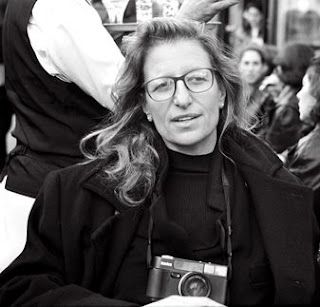There is no substitute for good footage. Nowadays technology allows us to record and redact film as we want: slow motion, night footage, space videos- everything this is available these days. But shooting events, which actually happened in this or another place is not enough. Your footage should provide the visual information, evidence for audience of what occured while you were there.
You can not explain what is happening in movie by yourself. People shou;d watch the film and understand everything by themselves. Movie should carry everything to bring idea and theme to the folk. Sound may help the audience to interpret the documentary. Here are some basic rules for documentary film: 1) Film should communicate with audience; 2) Visual images can be described just with concrete nouns and action verbs; 3) It's the documentary you show, not just footage.
You should use the least amount of words as possible. As if you explain everything, your documentary becomes an obvious movie and leaves no food for audience's minds. Also don't try do shoot the absence of something, 'cause usually it works badly.
To make an evidence you should shoot object from different perspectives. Try to show as many edges as possible. Wouldn't be odd to create some feeling of routine: shoot people when they are doing their daily deeds to create atmosphere of presence. The absence of this will create opposite effect- you'll feel that the object in the movie is some star...
Not the least importqant part of every documentary is interview. It represents the visual evidence of truthfulness, show close up of the person, where you can see every emotion and decide if he/she lies or not.
You can not explain what is happening in movie by yourself. People shou;d watch the film and understand everything by themselves. Movie should carry everything to bring idea and theme to the folk. Sound may help the audience to interpret the documentary. Here are some basic rules for documentary film: 1) Film should communicate with audience; 2) Visual images can be described just with concrete nouns and action verbs; 3) It's the documentary you show, not just footage.
You should use the least amount of words as possible. As if you explain everything, your documentary becomes an obvious movie and leaves no food for audience's minds. Also don't try do shoot the absence of something, 'cause usually it works badly.
To make an evidence you should shoot object from different perspectives. Try to show as many edges as possible. Wouldn't be odd to create some feeling of routine: shoot people when they are doing their daily deeds to create atmosphere of presence. The absence of this will create opposite effect- you'll feel that the object in the movie is some star...
Not the least importqant part of every documentary is interview. It represents the visual evidence of truthfulness, show close up of the person, where you can see every emotion and decide if he/she lies or not.








